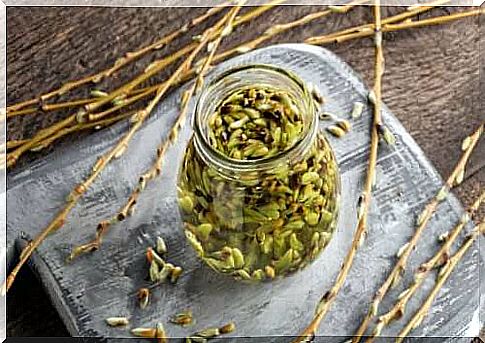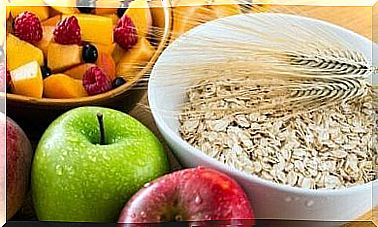Yemotherapy Herbal Medicine: Benefits And Uses

In the 20th century, the first person to talk about yemotherapy at all was the Belgian physician Pol Henry. The method became famous and was established as a branch of herbal medicine in France and Italy. Other countries, however, still consider it a complete mystery.
In general, yemotherapy is a type of herbal medicine that uses the plant’s young tissues (including buds and shoots) to solve various health problems. Find out more things you should know about this alternative form of therapy!
What are plant buds?
Plants have organs and buds are among them. These are usually in the axes of leaves called axillary or lateral buds. However, you can also find them on the tip of a branch (terminal buds) and in other parts.
Similarly, there are other types of buds that are classified according to their function, shape and condition. Plant buds are formed by meristematic tissues composed of cells involved in the growth of plant tissues and organs.

How did yemotherapy begin?
Although the term yemotherapy is relatively new, it dates back to the Middle Ages, when onions, for example, were useful for making ointments. In the late 1950s, the Belgian physician Pol Henry became a pioneer in research on the therapeutic effects of agents based on buds, shoots and other young plant tissues.
He discovered that these plant organs are made up of tissues that ensure the growth of the plant. Therefore, they have a concentration of nutrients and active principles from the adult version.
A decade later, the French physician Max Tetau expanded Henry’s theory. In the late 1970s, homeopath Teodor Caba introduced the current name: yemotherapy.
Benefits and uses in homeopathic medicine
Plant buds are rich in vitamins, minerals, trace elements, nucleic acids and plant hormones associated with growth, such as auxins and gibberellin.
This offers a number of uses and benefits. The best known and used in homeopathic medicine is the drainage of toxins, which is equivalent to a detoxification of the body.
Let’s look at other benefits that some people attribute to yemotherapy:
- Promotes cellular detoxification, also known as cellular cleansing. In addition, this process seeks to remove harmful toxins found inside the cells of the human body.
- Stimulates the drainage of fluids and toxins through the blood and lymph nodes.
- A source of vitamins, minerals, antioxidants, amino acids and enzymes.
- Affects the immune functions of organs and glands in connection with the removal of waste products from the body.
- Rejuvenates aged tissue.
- Reduces the need to take supplements.
- Finally, according to a study published in Planta Medica, it works as a supplement in the treatment of spondylarthropathies, which are conditions that have similarities to arthritis.
The most commonly used plant buds and their benefits
Yemotherapy can use a large number of medicinal plants for its purposes. However, the most common buds in are the following:
- Blackcurrant: Also known as black sarsaparilla, which, some believe, can reduce the risk of drug allergy as well as inflammation associated with arthritis.
- Rosemary: Can act as a detoxifier, especially for the liver.
- Walnut: Believed to have properties that promote digestion and prevent food poisoning.
- Linden: Associated with improving sleep disorders and reduced anxiety levels.
- Sea buckthorn: Used to promote recovery during periods of convalescence, especially in burnt areas.

Can I do yemotherapy at home?
Yes. Homeopathy uses extracts from buds from a maceration process. This consists of soaking the buds for a period of 1 month or 40 days in a liquid with 50% glycerin, 30% alcohol and 20% water. You should store it in a dry and cool place and shake it every week.
After the maceration process, filter the contents of a glass bottle and store it in a dry and cool place. As for the doses, the most common is usually between 50 to 100 drops in 2 daily doses. However, this depends on the mode you want to use it against.
Although this practice dates back to the Middle Ages, it did not have a name until the 20th century. It was then that some specialists examined the therapeutic effects of buds, young shoots and other young plant tissues. The first to do this was Dr. Pol Henry. Other practitioners continued to work on his theory until it was finally named after him.
In homeopathy, yemotherapy is mainly known for its presumed potential to remove waste products and harmful toxins from the body. In addition, it helps on diseases associated with arthritis. However, we still need studies to back up these claims and, above all, to prove their effectiveness.









